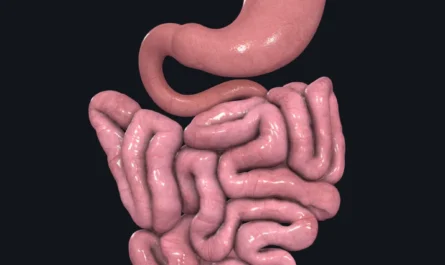A team of researchers from Lancaster University, Beijing Institute of Technology, and North China University of Technology have devised a new strategy to regulate the stiffness of snake-inspired robots. These robotic systems, designed to replicate the body structure and movements of snakes, offer numerous advantages over conventional systems.
Snake-like robots, with their flexible bodies and sliding motions, are capable of accessing small and confined areas, such as pipes and mines, which are typically difficult to reach. However, the deployment of snake robots on a large scale has been limited due to the challenges of effectively modulating their stiffness.
To address this limitation, the research team developed a new design strategy outlined in the journal Bioinspiration & Biomimetics. They applied this strategy to the development of a snake-like robotic arm with 20 degrees of freedom.
The proposed design includes a “macro-micro” structure that improves the positional accuracy of snake robots in confined spaces. Additionally, a comprehensive strategy for regulating the robot’s stiffness and a kinetostatic model for estimating errors were developed.
The researchers incorporated factors such as internal friction, variation of cable stiffness with tension, and their effects on the robot’s structural stiffness into the model to increase accuracy. Experimental validation on a physical prototype and control system yielded promising results, with an error rate of 4.3% and 2.5% for straight and curved configurations, respectively.
The team used their design to develop a prototype system, which underwent initial testing. The results were highly encouraging, as the strategy allowed for an average tension adjustment of 183.4% in the cables controlling the robot’s movements.
The findings of this study have the potential to enhance the performance of snake-inspired robotic systems, enabling greater precision in completing missions in complex and confined environments. These robots could be valuable in search and rescue operations, monitoring underground environments, and various other real-world applications.
*Note:
1. Source: Coherent Market Insights, Public sources, Desk research
2. We have leveraged AI tools to mine information and compile it



